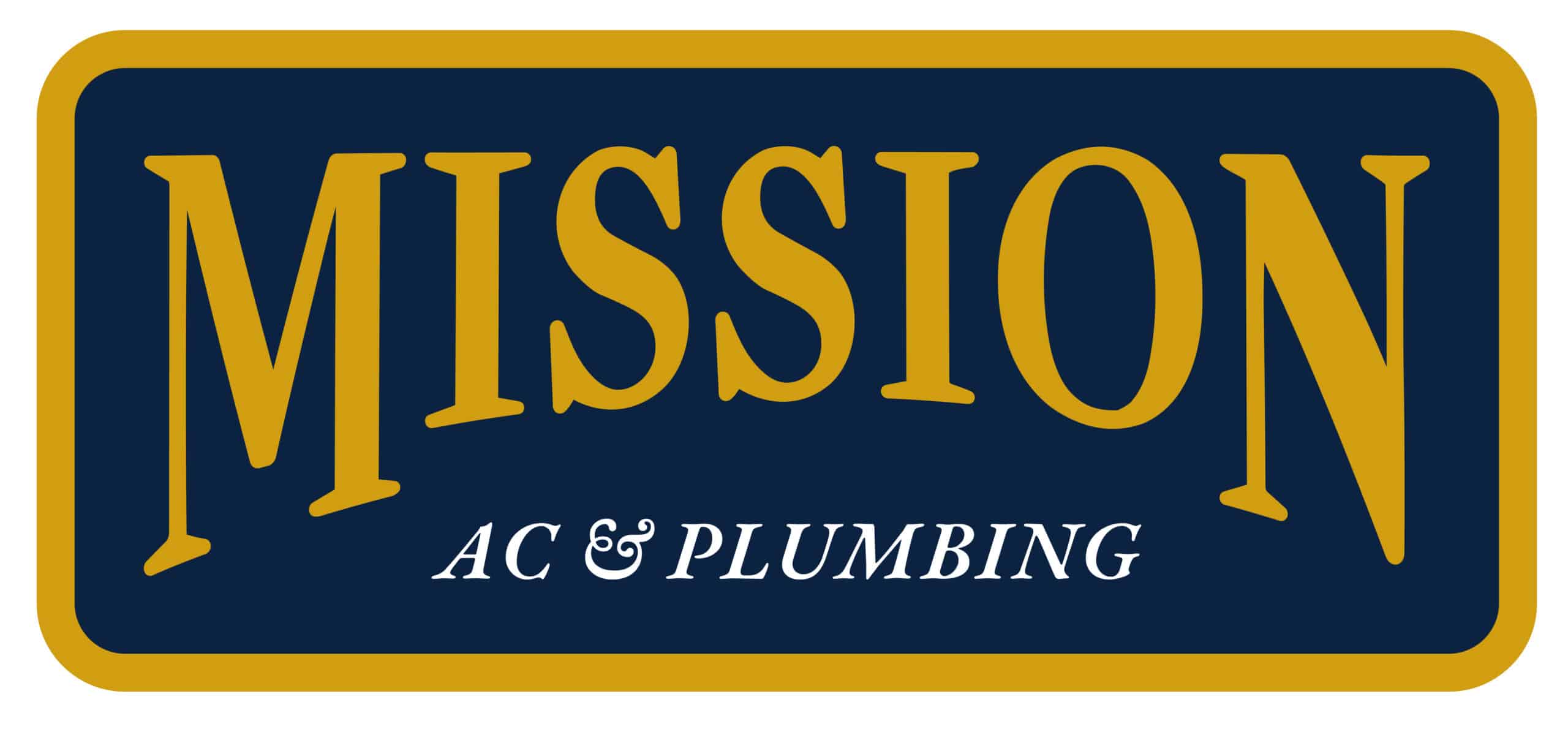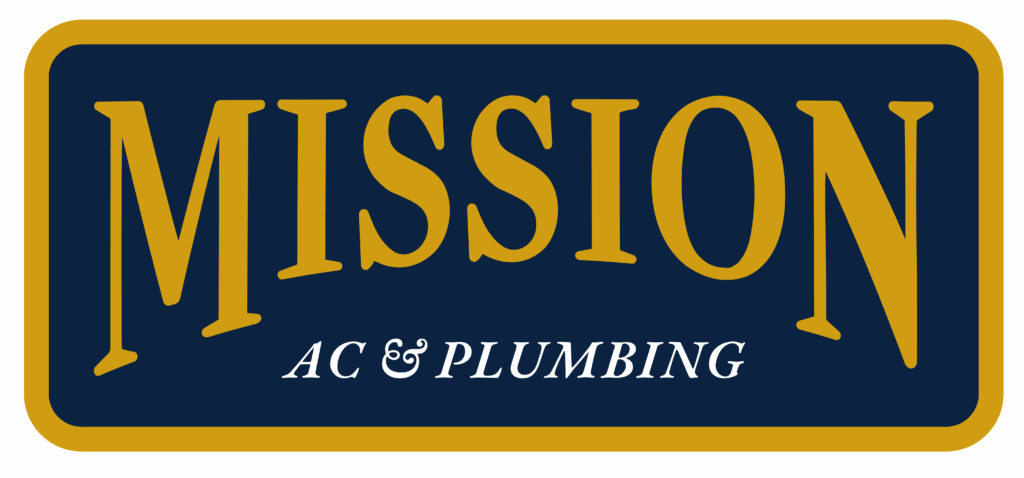Tips For Finding The Best Spot For Your AC Condenser
The AC condenser is one of the most important components of any cooling system. Its job is simple: release the heat pulled from inside the home. However, where the condenser is located plays a major role in system performance, efficiency, repair frequency and long-term durability.
Whether preparing for a new AC condenser installation or evaluating an older unit, placement is one factor that should never be ignored. At Mission Air Conditioning & Plumbing, we’re here to help you take a closer look at why.
Why Location Impacts Performance
When properly installed, the AC condenser works efficiently, helping maintain comfortable indoor temperatures while keeping energy bills under control. However, poor placement can lead to airflow restrictions, overheating and added strain on the system. Over time, this strain may result in higher utility costs and more frequent service calls for AC condenser repair.
The condenser relies on open space to release heat effectively. If that process is blocked by nearby obstacles or poor airflow, the system must work harder to achieve the same cooling results. This added workload accelerates wear and tear on critical components like coils, fan motors and compressors.
Benefits Of Proper AC Condenser Installation
A well-planned AC condenser installation helps the system run smoothly while reducing repair needs over time. Proper placement provides several clear advantages:
- Unobstructed airflow allows the unit to release heat effectively.
- Protection from environmental hazards like debris, flooding or excessive sun exposure helps extend equipment life.
- Easier access for routine maintenance makes it simpler to catch small issues before they develop into major AC condenser repair needs.
- Improved system efficiency helps keep energy bills more predictable year-round.
When these factors are considered during installation, the result is a more reliable cooling system that requires less frequent attention.
Consequences Of Poor Placement
Condensers installed too close to fences, walls or heavy landscaping may have restricted airflow that forces the system to overwork. Consistent strain like this can contribute to compressor failure or refrigerant leaks — both of which require professional AC condenser leak repair to resolve.
Other issues can arise when the condenser is exposed to extreme weather conditions. Direct sunlight, heavy winds, flooding or frequent debris buildup all create stress on the system, lowering its lifespan and increasing the need for costly AC condenser repairs.
Security Risks To Consider
Beyond performance, condenser placement can also affect how secure the unit is. Outdoor condensers contain valuable metals, like copper, making them a target for theft or vandalism if not properly protected. Placing the unit in a highly visible or easily accessible location increases the risk of damage.
For added security, many property owners take steps such as:
- Installing lockable security cages
- Placing the unit in less visible areas without restricting airflow
- Securing electrical disconnect boxes
- Adding motion lighting or security cameras in the area
These simple precautions can prevent unnecessary service calls caused by theft or physical damage to the condenser.
How Environmental Exposure Can Lead To Repairs
The environment surrounding the condenser contributes heavily to how often repairs may be needed. Units placed directly under trees or near dense landscaping can accumulate leaves, dirt and other debris that clog condenser coils. This buildup reduces system efficiency and increases the risk of overheating.
Low-lying areas that collect standing water may also expose the condenser to corrosion over time, raising the likelihood of AC condenser leak repair. Additionally, harsh sunlight can increase internal temperatures, forcing the system to work harder and shortening its overall lifespan.
Best Practices For AC Condenser Placement
To avoid many of these issues, proper placement during AC condenser installation is key. While every property is different, a few general best practices apply:
- Leave at least two to three feet of clearance around the unit for proper airflow.
- Choose a shaded location to help minimize heat buildup during summer.
- Avoid placing the condenser directly beneath trees or in areas prone to flooding.
- Be sure the unit is easily accessible for AC maintenance without leaving it exposed to unnecessary risks.
Following these guidelines helps create ideal operating conditions that can reduce the chances of needing frequent AC condenser repair.
Smart Placement Prevents Long-Term Problems
Many ongoing AC condenser issues can be traced back to poor placement decisions made during installation. Taking the time to position the unit correctly helps maintain system efficiency, limit wear and tear and extend the equipment’s useful life. When problems do arise, professional evaluations can quickly identify whether placement is contributing to the need for repeated AC condenser repair.
Proper condenser location is one of the simplest ways to protect the comfort, efficiency and longevity of any cooling system. If you have specific questions about your AC needs, contact our team at Mission Air Conditioning & Plumbing.













